Fixed Rates
30 yr
25 yr
20 yr
15 yr
10 yr
Compare Terms
Compare Rates
Real APR
Adjustable Rates
Qualification
Affordability
Renter Affordability
Rent vs Buy
Price per Square Foot
Jumbo
Home Sellers
 HELOC Loan-to-value Qualifier
HELOC Loan-to-value QualifierThis calculator estimates how large of a credit line homeowners may be able to qualify for, for up to four lender Loan-to-Value ratios (percent of value of home a lender is willing to loan out). Enter existing first and second mortgage debt outstanding and see how much equity is available.
Authored by Jose Abuyuan on July 9, 2020
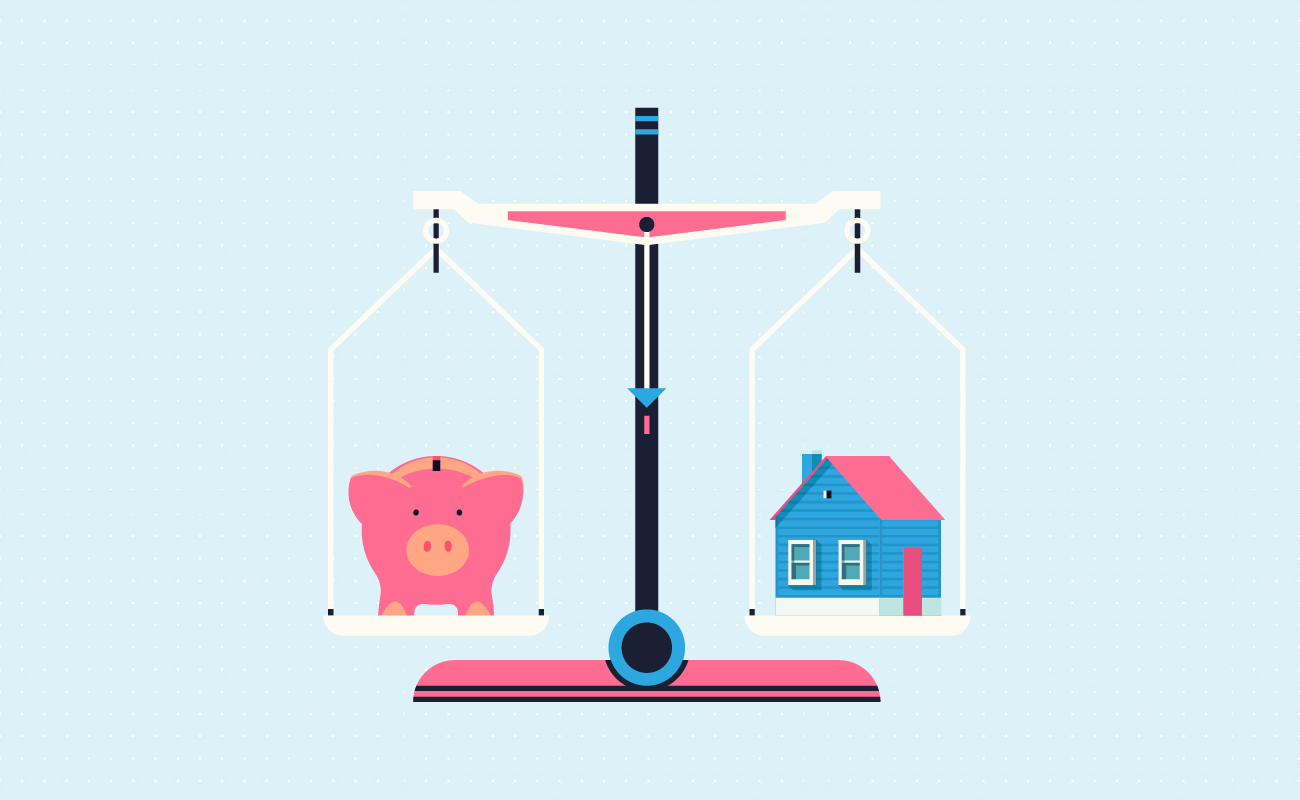
Your house is often the first and largest investment you would ever make in your life. Over time, much of your net worth might be tied to your home. As your home increases in value, so does your personal wealth. It’s nice to think about how you might be closer to becoming a millionaire by paying off most of your house.
But like the impoverished aristocrats of old figured out, this is not as big a deal as it seems. Wealth in property isn’t too useful on its own. Real estate is one of the most illiquid of assets. Converting that wealth into cash often involves selling the house. This isn’t the easiest or fastest option. And you likely aren’t willing to part with it, either.
The U.S. Census Bureau reveals that almost two thirds of American households today are homeowners. According to Realtor Daily, more than a fourth of these are “equity rich.” This means that their mortgages are smaller than the value of their homes. The savvy homeowner can use the value of their homes to their financial advantage. Through home equity financing, you can leverage your home’s value without selling it.
Home equity financing lets you take advantage of your current equity. Here, you use your house or any other real property as collateral for borrowed funds. This option becomes available if your home’s value exceeds that of your mortgage.
There are two financing options that use home equity as collateral:
Home equity loans are a lump sum payment that is secured by your home’s equity. You must decide early on how much money you would need to borrow. Meanwhile, HELOCs resemble credit cards that offer revolving credit. They have a defined amount that they can lend you, much like the credit limits you get from cards. You do not need to borrow everything from this limit all at once.
Banks and other lenders are more likely to approve home equity financing than other loans. Having a house as collateral reduces the lenders’ perceptions of risk. After all, if you can afford to pay off your house, you can keep up with payments. This can be a lifesaver for many families who do not have a lot of options for lines of credit.
Home equity financing can help you save money on interest payments. It also has much lower annual percentage rates (APRs) compared to other consumer debts.
In theory, you can use that money for just about any purpose. We do not recommend that you blow all that money on shopping sprees and vacations abroad. Instead, use home equity financing to fund these sensible expenses:
Both these forms of credit leverage home equity as collateral. Home equity loans and HELOCs, however, are not the same. They each have their own perks and caveats:
| Home Equity Loan | HELOC |
|---|---|
| A home equity loan has a fixed APR. Your interest is locked for the duration of your loan. | A HELOC may have an adjustable interest rate. This can lead to smaller APR and monthly payments when times are good and vice versa. |
| Payments will not fluctuate through your loan’s lifetime. | You pay a low monthly payment during the draw period and a higher one during the repayment phase. |
| The APR of a home equity loan is derived from both the interest rate and extra fees tacked onto the loan. These can help lower your rate at the cost of extending the life of the loan. | There are no add-ons to a HELOC’s interest rates. The APR advertised is the rate available. |
| You can only receive home equity loans as lump sums. | You can receive a HELOC in small increments at any time, depending on your terms. |
Home equity loans work better for one-time, big-time expenses like buying a car, renovating your home, or refinancing your debts. Meanwhile, HELOCs are ideal for smaller expenses whose amounts are hard to determine. Some of these expenses include home repairs and emergency spending. By using a HELOC, you can better stick to your budget without overspending.
In the past, interest from home equity financing was counted as a tax deductible expense. You could, at one point, save on interest payments by writing them off. This incentivized home equity-backed borrowing for anything.
At the time of writing, the United States has restricted these exemptions through the Tax Cuts and Jobs Act, much to the consternation of many. Americans can only receive deductions if they used that money for home improvement. They also have a tax deductible limit of about $750,000 for married couples and $375,000 for single homeowners.
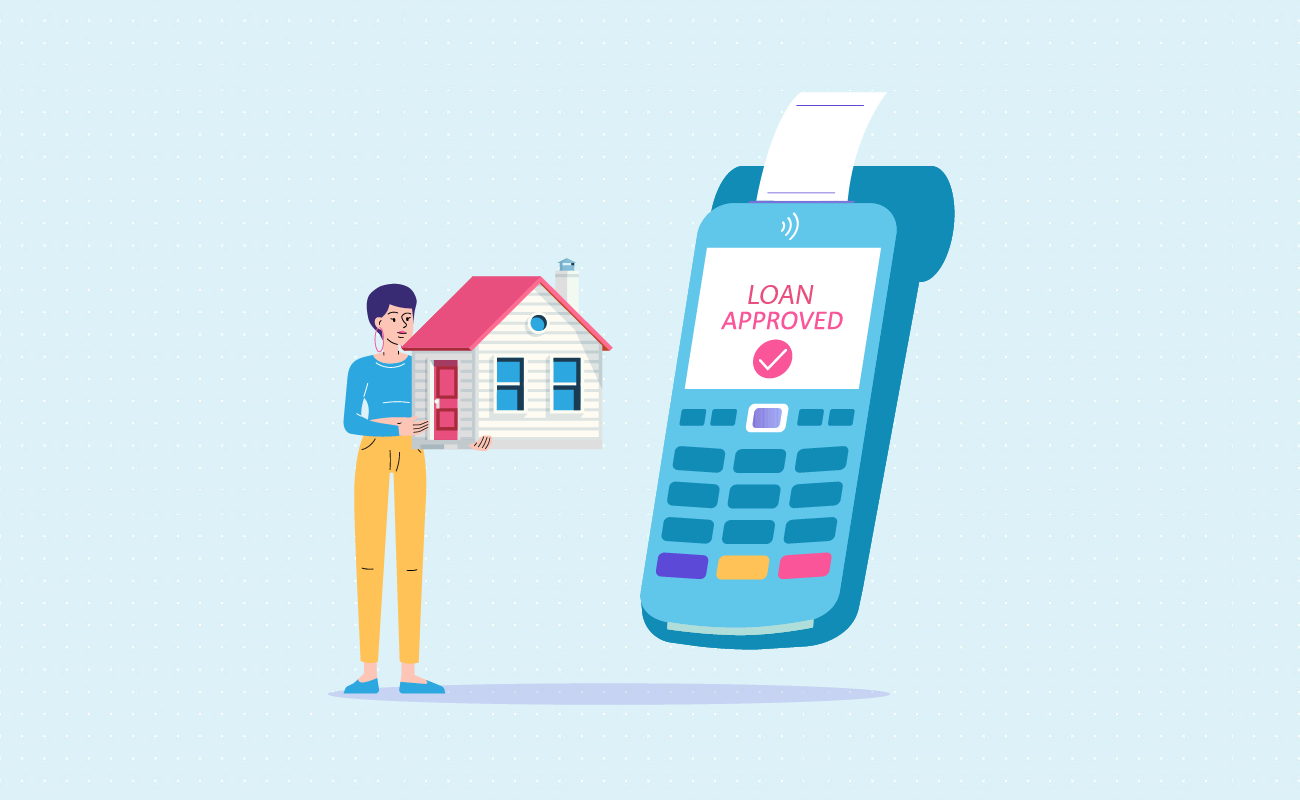
A key difference between HELOCs and credit cards in the limit. You can use credit cards indefinitely as you pay their balances or don’t max out. Meanwhile, HELOCs are divided into two phases. The draw period is where you can draw on your line of credit on demand. Once this lapses, you cannot use it again until you’ve cleared your balances.
During the draw period, your payments are much lower. You are only paying the interest that has built up from the amount you borrowed. A HELOC’s draw period usually lasts for about ten years.
Once the draw period expires, you enter the repayment period. During the repayment period, your payments are much higher. These monthly payments now include the principal as well as the interest. This can be twice the amount you paid during the draw period. The length of the repayment term varies with the lender. In some cases, it can go on for as long as twenty years.
Another major difference between credit cards and HELOCs is the way they are paid. Credit cards have high compound interest rates. Thus, your strategy for them involves paying off as much of the balance as you can. You can even avoid all interest payments if you pay your entire balance (see our credit card payment guide for more details). With HELOCs, your payments start off low and then go high.
The coronavirus pandemic has left a wave of unemployment across the globe. For some families, HELOCs and home equity loans have provided a means to tide them over. But with this lifeline comes with a risk. Eventually, these debts would be due. Families shouldn’t depend on loans for long-term.
This isn’t a good sign for the economy in the long run. People shouldn’t depend on borrowed funds to provide for them on a regular basis. Two major U.S. banks (J.P. Morgan Chase and Wells Fargo) have stopped releasing home equity lending since May 2020. These freezes would stay in place while the economic climate remains uncertain.
Often, financing a major purchase can be cheaper through home equity financing. In the absence of a good auto loan, a home equity loan can provide the needed funds to pay for the car you need. They are also a good alternative to most forms of consumer debt. Through them, you can avoid the onerous interest that comes with credit cards.
In general HELOCs and home equity loans offer better rates than credit cards and personal loans. Even a subprime HELOC would have, on average, better terms than a credit card, at least at first. The data below represents figures from the second quarter of 2020:
| Option | Average APR |
|---|---|
| Personal Loan | 12.5% (high FICO score) 32% (low FICO score) |
| Credit Card | 25.76% (fair credit) 14.79% (good credit) 13.06% (balance transfer) |
| Auto Loan (New) | 4.75% (prime) 11.51% (subprime) |
| Auto Loan (Used) | 6.15% (prime) 16.88% (subprime) |
| First Mortgage | 2.56% (15 years) 3.07% (30 years) |
| Home Equity Loan | 5.66% (10 years) 5.88% (15 years) |
| HELOC | 4.66% (high FICO score) 10.66% (low FICO score) |
Likewise, first mortgages have much lower loan terms than HELOCs or home equity loans. Home equity financing is also outperformed by prime car loans.
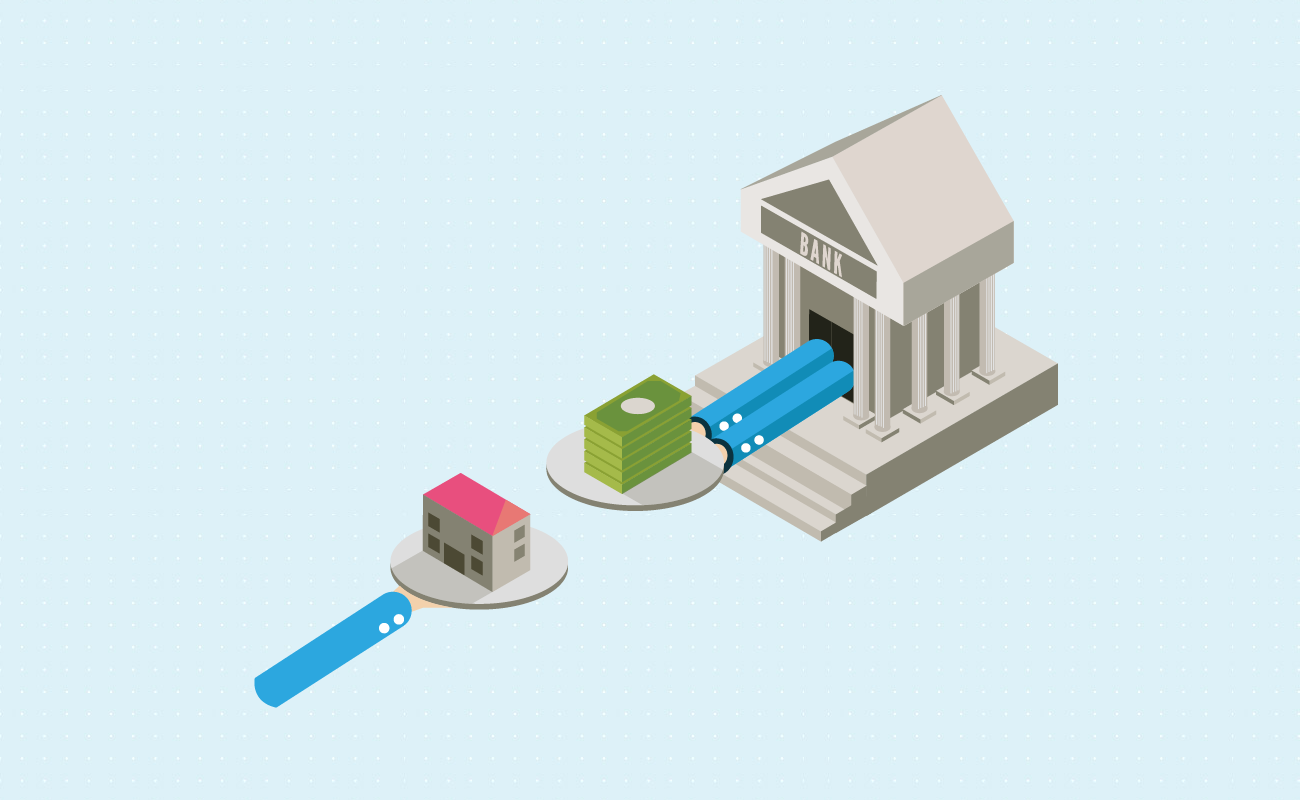
A HELOC’s spending limit is determined based on the value of your loan. Once you’ve opened an account, you can access these funds through a checkbook or a dedicated credit card.
At most, you can borrow up to 85 percent of your home’s equity minus the balance of your mortgage. For example, let’s assume your home today costs around $240,000 in the market. You provided a 20% down payment on your property. Thus, your mortgage is around $192,000.
To calculate how much credit will be approved, you’ll need to determine your loan-to-value (LTV) ratio. This is accomplished by dividing your mortgage’s balance with your home’s present value, then multiplying by 100. For now, let’s assume that your mortgage’s interest has been paid. Here’s the loan-to-value ratio of your balance.
= ($192,000 / $240,000) x 100
= 0.8 x 100
= 80
Once your interest is paid off, you now have an LTV of about 80 percent.
Using our calculator above, we can estimate your possible credit limit. Let’s assume that the balance of your mortgage today is around 150,000. In all examples, we’ve capped the LTV at 85 percent. From here, we can calculate the largest amount you can borrow from home equity.
| Percent Appraised | 75% | 80% | 85% |
|---|---|---|---|
| Max Debt | $180,000.00 | $192,000.00 | $204,000 |
| Less Existing Debt | $150,000.00 | $150,000.00 | $150,000.00 |
| Remaining Equity | $60,000.00 | $48,000.00 | $36,000.00 |
| HELOC Credit Limit | $30,000.00 | $42,000.00 | $54,000.00 |
In this next table, let’s examine how much your credit would be if you paid off your entire mortgage.
| Percent Appraised | 75% | 80% | 85% |
|---|---|---|---|
| Max Debt | 0 | 0 | 0 |
| Remaining Equity | $180,000.00 | $192,000.00 | $204,000.00 |
| HELOC Credit Limit | $180,000.00 | $192,000.00 | $204,000.00 |
The amount you can borrow is also dependent on your credit history and income. Lenders will let you borrow a higher percentage of your home’s equity if your credit score warrants it.
One of the advantages that HELOCs have over home equity loans is that they have fewer extra charges. You wouldn’t find yourself paying for anything more than your principal. However, HELOCs aren’t without fees. Be aware of any obscured costs in your contract’s fine print before signing on.
The most prominent among these is the required minimum withdrawals. It isn’t unknown for lenders to demand their borrowers to take out a large sum on their HELOC outright. Ask your lender if you are required to take a sum straight away and learn how much it costs.
Much like mortgages, most HELOCs have an assortment of other closing costs. Among these costs include the following:
Learn how many of these costs would be added to your HELOC. The closing costs of a HELOC vary between banks and will also depend on your credit limit. These can be counterproductive if the amount you intend to borrow isn’t large. You can expect many of these to be waived, however. Typical closing costs would be between $660 and $750. Some banks may waive all closing costs if your borrowing limit is above a specific amount.
You might also receive cancellation charges of about $350 to $500. Of course, you can avoid some of these charges if you leave your account open for a certain number of years. Sometimes, cancellation fees can be waived after three years.
You may also be charged with annual membership or participation fees during the life of your loan. These can cost you about $25 to $75 a year. Ask if this can be waived in the first year.

Negotiations are a key part of the lending process. Work with your lenders and see if they can waive at least some of these extra charges.
As a HELOC’s term comes to a close, it would often need a balloon payment. You must expect this payment to avoid defaulting on your loan. Our guide in our balloon payments calculator should have you covered.
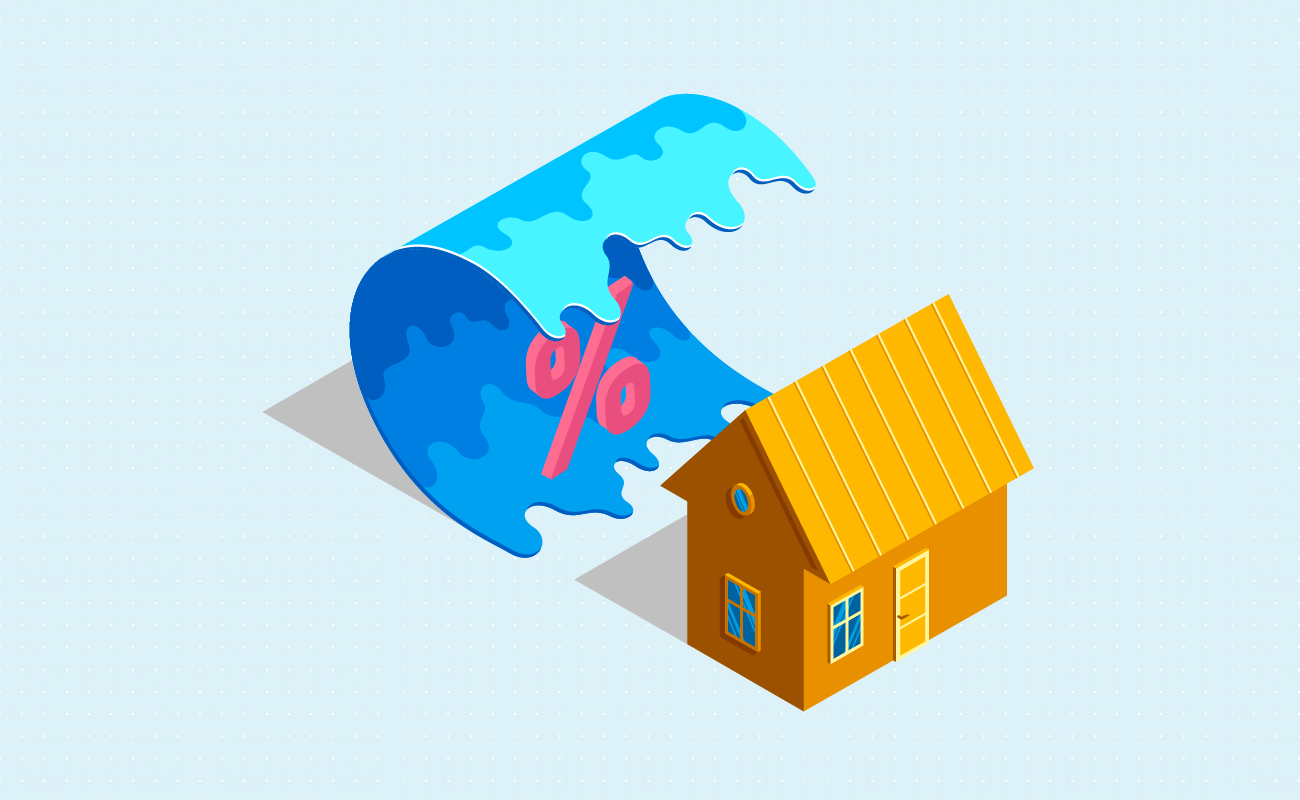
A perennial challenge for HELOC borrowers is a floating interest rate. The HELOC’s adjustable APR is a double-edged sword. You can save money when rates are low. But things can change in a heartbeat, and you might find higher charges when you least expect them. There are some HELOCs that offer fixed interest. These come with higher but more predictable monthly payments.
Reading up on your HELOC’s terms can help you expect and reduce the impact of these rude surprises. Here are two things you should look for:

Make sure your credit rating has improved before taking out a HELOC. Otherwise, you might get saddled with a higher than average starting rate.
All lenders charge a margin based on the floating prime rate. These two are added to form your annual percentage rate. This amount is not always the clear difference between your rate and the prime rate. Thus, you should always ask about the size of the margin when shopping around for HELOCs.
You can also ask your lenders if they can lock in the rates during the repayment period. Today, many banks offer hybrid HELOCs. These provide the same fixed interest rates of home equity loans after a period. It can be helpful in the long run, giving you the best of both worlds. You don’t need to worry about paying too much interest on your bathroom remodel.

Both HELOCs and home equity loans come with the same risk. If you default on your payments, your lenders may foreclose on your house. To prevent this from happening, be sure your loan’s monthly payments can fit into your budget.
Another challenge of HELOCs is that they share many of the same temptations as credit cards. You might be invited to spend on things you don’t need, since you didn’t go through as many hoops to get to secure this credit line. If you cannot trust yourself with credit cards, do not get a HELOC.
It is just as bad if you use the HELOC for necessities. Recently, more people have sought to leverage their home equity to pay their bills while they wait out the pandemic. Overspend and you might be stuck in yet another debt trap that could cost your home.
Beware of fluctuations in the market. While housing market collapses are rare, they can be disastrous when they strike. If you’ve borrowed against your home during a downturn, you might find yourself deep in negative equity. That’s a lot of financial pressure pushing down on you.
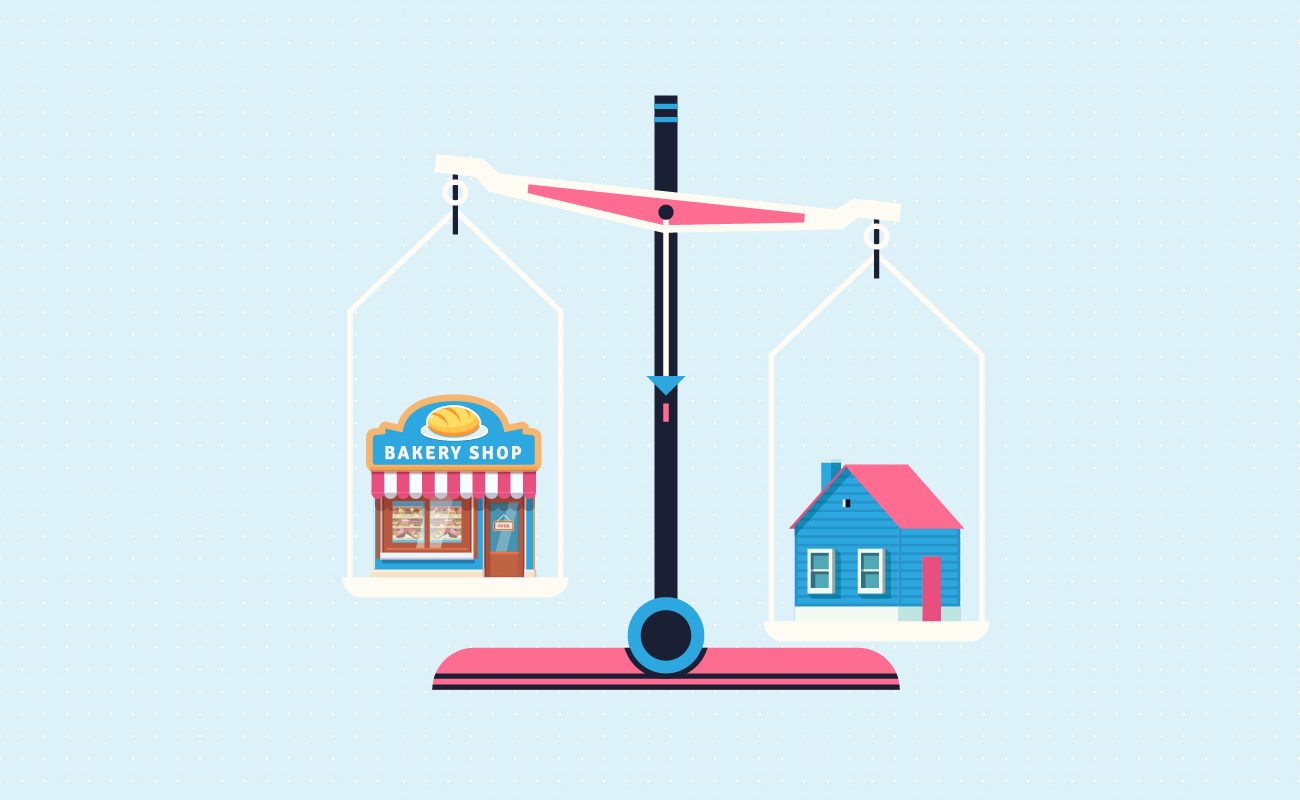
In the height of the Financial Crisis in 2008, business owners in need of funding found themselves shut off from traditional lines of credit. They found an alternative through HELOCs. These were one of the only ways they could secure funding during the time.
In those days, there was a dearth of borrowing options. Entrepreneurs could be excused for taking one out back then. Today, things are not as desperate. A business owner can find other sources of funding without incurring punitive interest.
Reducing the financial impact of HELOC payments is similar to other forms of debt. Pay it down. The best time to do this is during your draw period, where your interest rates are still low. Pay more than the minimum like you would a credit card to clear out as much of your balance. The impact of the remaining principal will not be as high come the repayment period.

You can’t always clear out your balance like you would with credit cards. Some HELOC contracts demand that you take on a minimum balance. Your lender can also penalize you for closing your account too early. Consider these provisions before signing onto a HELOC.
If you’re already at the repayment period, consider refinancing your remaining balance. Transferring that balance to a loan with lower rates can save you money in interest payments. Explore your mortgage lender’s refinancing options. This way, you can reduce your prospective interest and monthly payments.
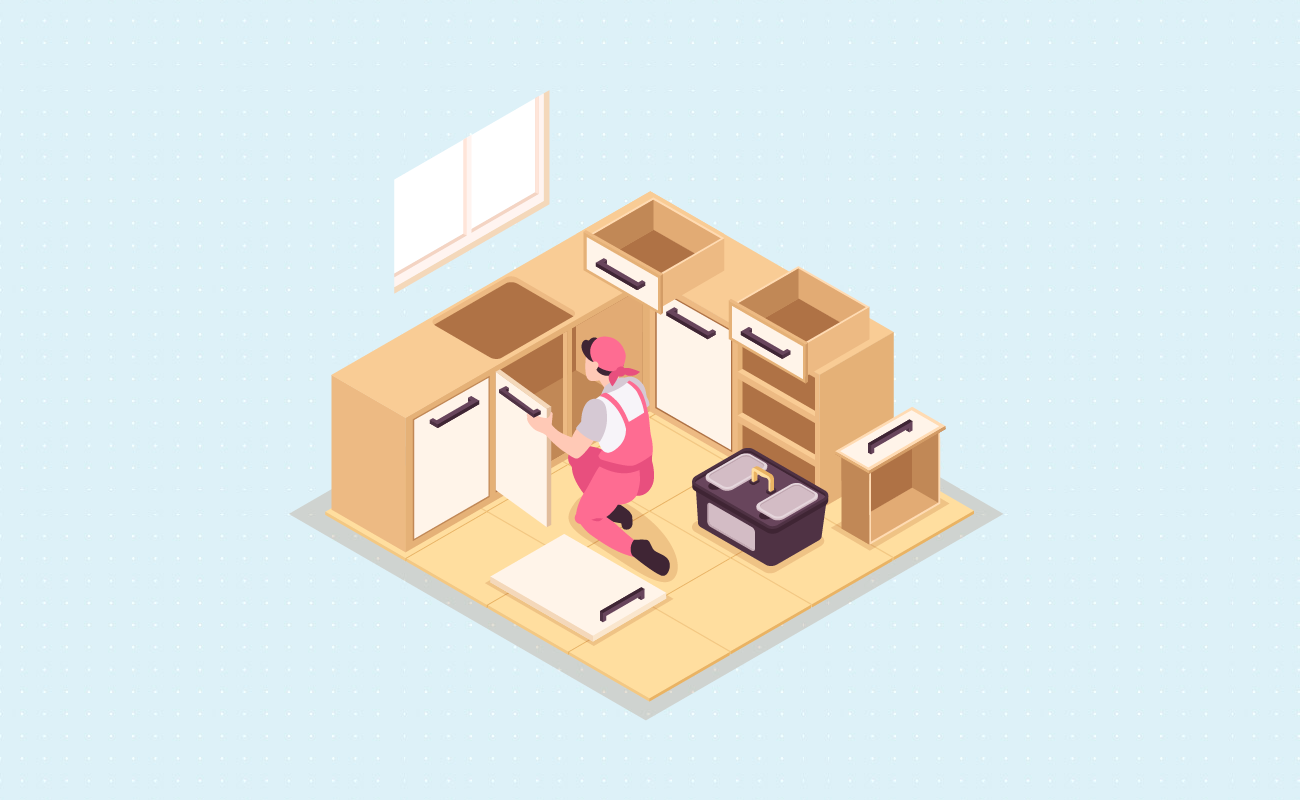
A HELOC is a line of credit for emergencies and value-building purchases. You should only ever use it for important things, and only if other options are more expensive. If you can finance some of these major expenses in other ways, you can avoid taking on debt. Leave HELOCs open for more important expenditures.
Using HELOCs makes sense for home improvement projects. In recent years, many American homeowners financed their home improvement projects out of pocket. With HELOCs, you could afford more extensive renovations and write off your interest payments. Be sure to invest it in home improvements that add lasting value, though.
Do not put your home on the line for your business. Forbes’ Joe Camberato lists down a few alternatives to HELOCs for your business funding needs. Among these include fintech lenders, which also process loans much faster. If you have time on your side, you can also apply for more standard business loans.

Do your research and shop around for the best deals. Because HELOCs are easier to approve, they are a very competitive field. This can be used to your advantage. Take the opportunity to compare rates and invite your lenders to counteroffer.
One final note. Never take out a HELOC when you find yourself struggling with the payments you’re already making. If you can barely afford your existing debt obligations, you can’t afford another one.
Want to know if buying a car through home equity is worth it? Check out our home equity vs. car loan calculator.
Jose Abuyuan is a web content writer, fictionist, and digital artist hailing from Las Piñas City. He is a graduate of Communication and Media Studies at San Beda College Alabang, who took his internship in the weekly news magazine the Philippines Graphic. He has authored works professionally for over a decade.